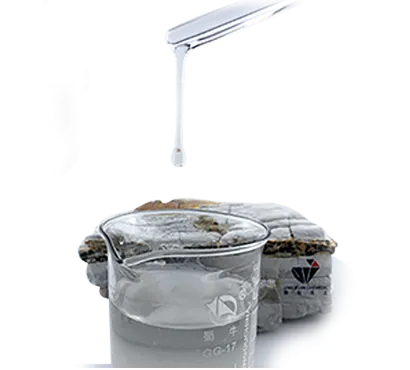
Nov . 11, 2024 22:19 Back to list
hpmc properties
HPMC Properties Unlocking the Potential of Hydroxypropyl Methylcellulose
Hydroxypropyl Methylcellulose (HPMC) is a non-ionic cellulose ether that has gained tremendous popularity across various industries, including pharmaceuticals, food, cosmetics, and construction. Its diverse properties make it an essential ingredient in many formulations, enabling enhanced performance and functionality. This article delves into the unique properties of HPMC and its wide-ranging applications.
Chemical Structure and Solubility
HPMC is derived from cellulose, which is a natural polymer found in plant cell walls. Its unique chemical structure consists of hydroxyl (–OH) and methoxy (–OCH3) groups, which contribute to its hydrophilic nature, making it soluble in cold water. This solubility is a fundamental property that allows HPMC to be used as a thickening, binding, and emulsifying agent in various formulations. Importantly, the degree of substitution of these groups affects the properties of HPMC, allowing manufacturers to fine-tune its characteristics to meet specific needs.
Thickening and Gelling Agent
One of the most notable properties of HPMC is its thickening ability. In aqueous solutions, HPMC forms a viscous gel that can significantly enhance the texture and stability of products. This property is particularly valuable in the food industry, where it is used to improve the consistency of sauces, dressings, and dairy products. In pharmaceuticals, HPMC is employed in the formulation of controlled-release tablets and gels, providing a mechanism for sustained drug release and thereby improving therapeutic efficacy.
Film-Forming Properties
HPMC exhibits excellent film-forming capabilities, making it a popular choice in the cosmetic and personal care sectors. When applied to the skin or hair, HPMC creates a flexible and breathable film that enhances product performance. It is commonly used in hair styling products, where it provides hold and improves texture. Moreover, its film-forming property extends the shelf life of cosmetic products by preventing moisture loss and stabilizing emulsions.
hpmc properties

Stability and Compatibility
Another vital property of HPMC is its chemical stability. It is resistant to hydrolysis, meaning that it maintains its functional properties over extended periods, even under varying pH and temperature conditions. This stability is crucial for products with longer shelf lives, such as pharmaceuticals and construction materials. Additionally, HPMC is compatible with a wide range of polymers and excipients, allowing formulators to create complex formulations that meet specific performance requirements without compromising stability.
Biocompatibility and Safety
HPMC is derived from natural cellulose and is considered biocompatible and non-toxic, making it suitable for use in pharmaceutical applications, including drug delivery systems and ophthalmic preparations. Its acceptance in various regulatory environments underscores its safety profile, enabling manufacturers to develop products that are not only effective but also safe for consumers.
Versatility in Applications
HPMC's properties facilitate its use in a myriad of applications. In the food industry, it acts as a thickener and stabilizer, helping to maintain product consistency. In construction, it enhances the workability of cement and plaster products, improving adhesion and water retention. In the pharmaceutical sector, it is a valuable component of tablets, capsules, and topical formulations, while in cosmetics, it plays a role in creams, lotions, and gels.
Conclusion
The unique properties of Hydroxypropyl Methylcellulose make it an indispensable ingredient across various industries. Its versatility, coupled with its ability to enhance product performance, ensures its continued relevance in the market. As formulations become increasingly sophisticated and consumer demands evolve, HPMC will undoubtedly play a pivotal role in shaping the future of product development. Whether in pharmaceuticals, food, cosmetics, or construction, HPMC stands as a testament to the power of natural polymers in improving everyday products.
-
Versatile Hpmc Uses in Different Industries
NewsJun.19,2025
-
Redispersible Powder's Role in Enhancing Durability of Construction Products
NewsJun.19,2025
-
Hydroxyethyl Cellulose Applications Driving Green Industrial Processes
NewsJun.19,2025
-
Exploring Different Redispersible Polymer Powder
NewsJun.19,2025
-
Choosing the Right Mortar Bonding Agent
NewsJun.19,2025
-
Applications and Significance of China Hpmc in Modern Industries
NewsJun.19,2025







